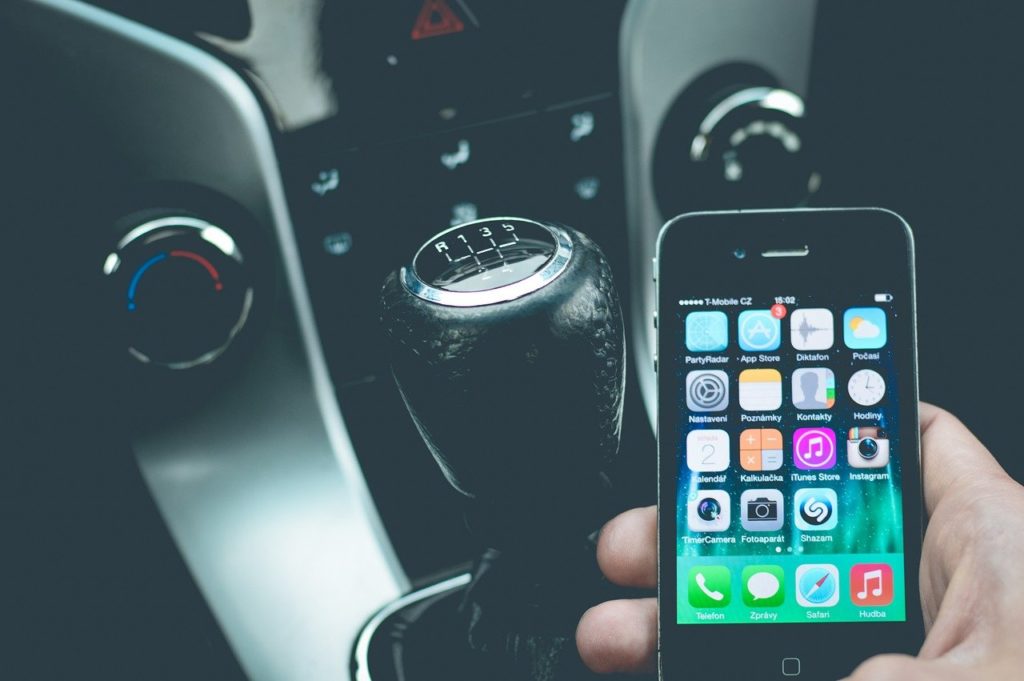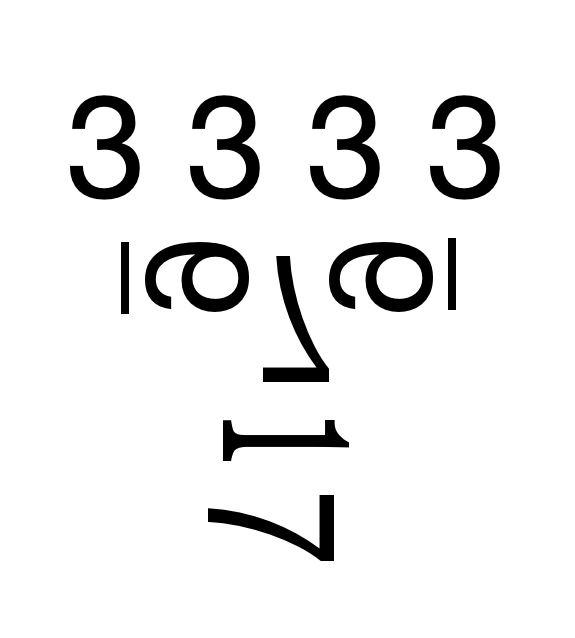
[Technology for the sake of technology]
I have been thinking about how technology has been infused so much in our lives that we hardly notice some of them and have become so reliant on them that when they stop working we panic and forget that we and generations before us have made it through those kinds of hardship without too much of scarring for life. Here we are, about a decade after my first post: Car – Part 1, and technology has been changing, improving and now we have a lot more being included in cars to improve our driving experience. For example GPS, touch screens, CVT (continuous velocity transmissions), acoustic sensors, cameras, lane departure/assist, collision avoidance, to name a few.
GPS: I am fairly certain most of us have used some sort of GPS in our recent life. Hiking, walking, boating, and in cars. This shows that having GPS technology is very helpful and makes our lives more efficient. We do not have to open up a large paper map and figure out the best way to go to where we are going. We can now just use GPS and it will update in real-time with traffic and road conditions in real-time. Alert us which exit or turn to take and which road to avoid due to traffic and so on. However, using technology just for the sake of using technology could be detrimental. For example, putting a GPS system in a NASCAR race car. At the moment, all it will do is add more weight to the car, draw more power from the battery and indirectly from the engine, and truly not add any value to the driver since the car is just going around the track. Hence, always research the technology, it’s intent and functionality, and what it can provide to improve your team and your life.
Although, knowing how quickly technology changes and improves, I would not be surprised when in the near future, this type of technology can be useful in a race car. For instance, if technology has been created to give us the ability for the GPS in the car with artificial intelligence monitoring the rest of the car sensors and in concert, analyzing the car’s position on the track, lane, speed, remaining gas in the tank, the thickness of the brake pads and that specific driver weight and the amount of force the driver can exert on the brake pedal; calculate when the drive should apply the brakes, in which lane and downshift. Then alert the race car driver with that information. I want to give that some more thought so I will pull over on this one and move to the next technology in a car.
